November 2023
Qubo, a brand owned by Hero Electronix, has just unveiled a new range of smart air purifiers in India. This comes on the heels of the recent introduction of dashcams and GPS trackers via the company. All three models, the Q200, the Q400, and the Q500, are designed to accommodate a wide range of residential spaces, such as bedrooms, home offices, and spacious living areas.
These air purifiers include a revolutionary four-layer purification technology that includes a nano-silver antimicrobial coating and a high-efficiency particulate air (HEPA) H13 filter. Dust, pollen, pet dander, and mold are just some of the pollutants that are eliminated by these devices, which are capable of successfully capturing particles as tiny as 0.03 microns.
Qubo has included intelligent features that make operation simple and makes it possible to operate it remotely using the Qubo app. Additionally, the app offers information on the quality of the air outside and in the surrounding environment.
Qubo's unique artificial intelligence technology, known as QSensAI, improves the devices by altering their performance according on the levels of PM2.5 in the surrounding environment and by learning the preferences of the user over time. These one-of-a-kind characteristics not only guarantee that the air is pure, but they also help keep the filter's lifetime longer and add to energy savings.
In response to the launch, Nikhil Rajpal, the Chief Executive Officer of Hero Electronix, stated:
Our mission at Qubo is to revolutionize the way people live by incorporating cutting-edge technology into ordinary items to improve their usefulness. Conventional air purifiers often fail to properly tackle the issue of air pollution, which has unfortunately become a sad reality for most big cities.
The launch of Smart Air Purifiers is our most recent technical advancement, and it is presented to you today. These units have been designed and manufactured to accomplish the uncomplicated objective of ensuring that each day is a breath of fresh air inside your house.
April 2022: In order to expand its retail presence in India, the Israeli company Aura Air introduced clever air purifiers. Aura Air is expanding into the Indian market, especially now that consumers understand the advantages of purchasing an all-inclusive air filtering system. It has introduced smart air purifiers with Internet of Things (IoT) capabilities that can offer real-time data on the air quality in both indoor and outdoor regions.
November 2021: Aeris Cleantech AG, a rapidly expanding producer of high-end air purifiers, was acquired by iRobot Corp., a global leader in robotics.
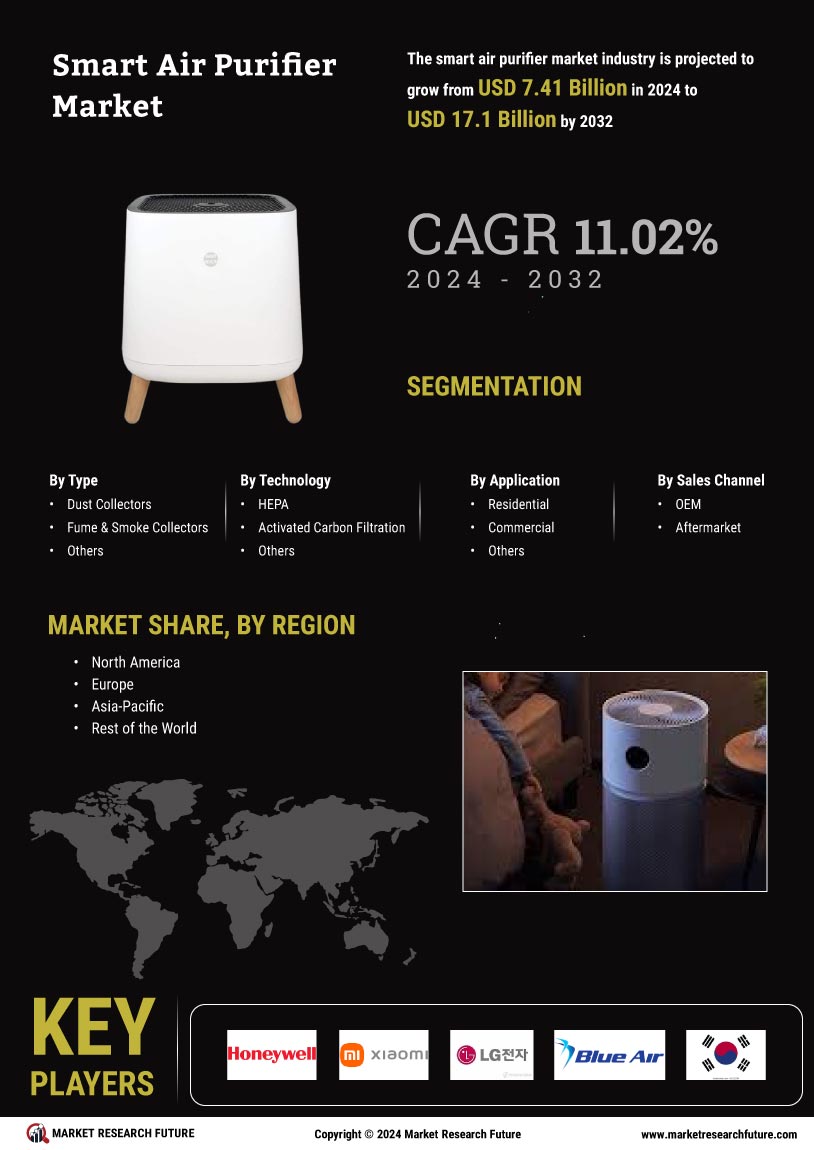

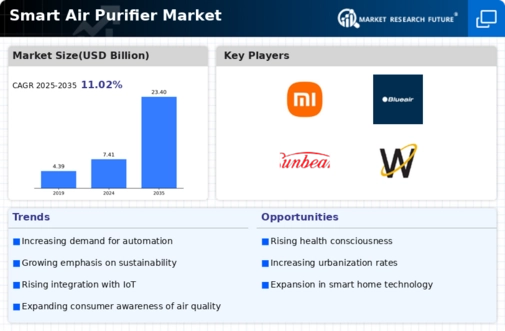
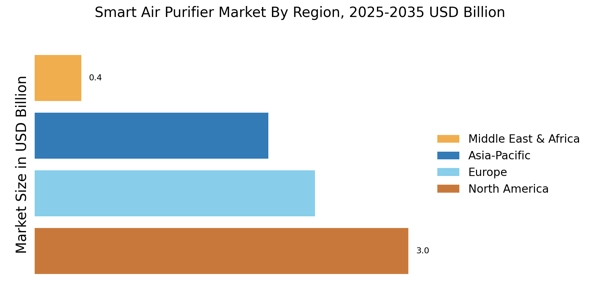
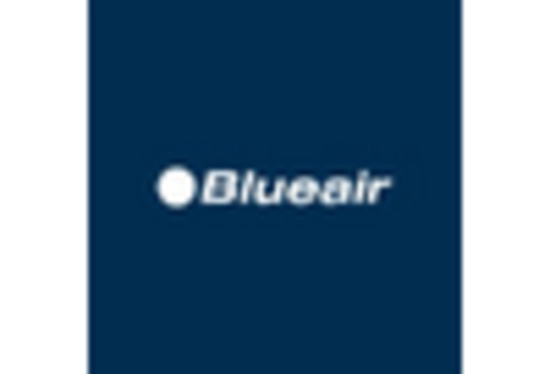
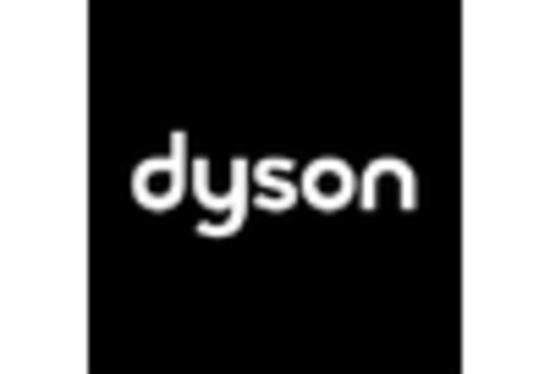



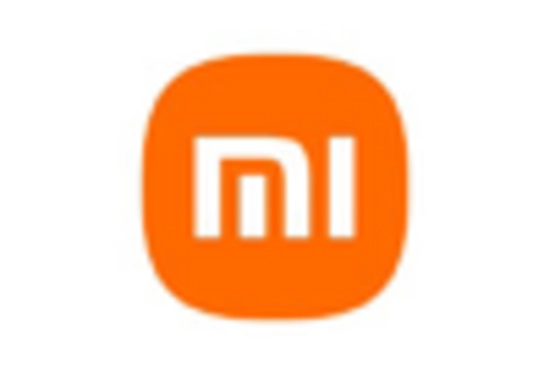








Leave a Comment